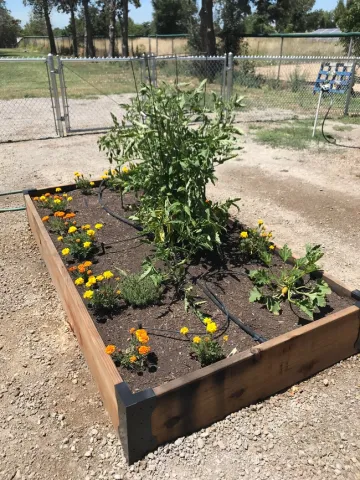What is pollination and who are the pollinators?
Pollination occurs when pollen is moved within flowers or carried from flower to flower by pollinators. Pollinators consist of birds, bees, bats, butterflies, moths, beetles, hummingbirds, ladybugs, and various others including the wind.
Why are pollinators important?
- Worldwide, nearly 1,000 plants grown for food, beverages, fibers, spices, and medicines need to be pollinated in order to produce the goods on which we depend on for our nutrition and health.
- In the United States, pollination by honey bees, native bees, and other insects produces roughly $40 billion worth of products annually.
- Some of the many foods and beverages produced with the help of pollinators include; apples, blueberries, chocolate, coffee, melons, peaches, potatoes, pumpkins, vanilla, and almonds.
Without bees, there would be no almonds!
- Almonds are among the most economically valuable bee-pollinated crops. In fact, almonds are nearly 100% dependent on bees for pollination. If enough bees are present, 90 to 100% of almond flowers per tree can develop into nutlets (the first stage in nut development), but none will develop if no bees visit the tree. To learn more about how almond trees are pollinated, CLICK HERE.
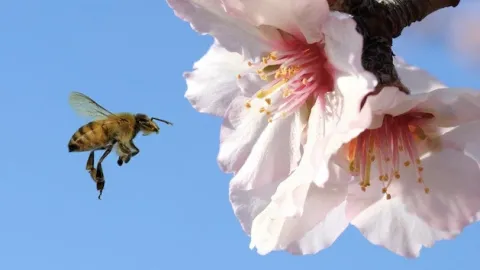
What can we do to promote and protect pollinators?
Pollinators are imperative to the success of any garden. To ensure that pollinators visit your garden regularly, it is important to plant for pollinators to ensure a welcoming habitat. Planting for pollinators is easy and beautiful! You can check with the Master Gardeners at your local University of California Cooperative Extension (UCCE) office or your local nursery to find out which butterflies live in your area and what host plants they prefer. For example, monarchs are attracted to native milkweed. Plant native milkweed in your garden and you are much more likely to receive a visit from the beautiful monarch butterfly. To attract bees, it is important to keep something in bloom year round. Bees love lavender! Native plants and common herbs are also great for attracting pollinators.
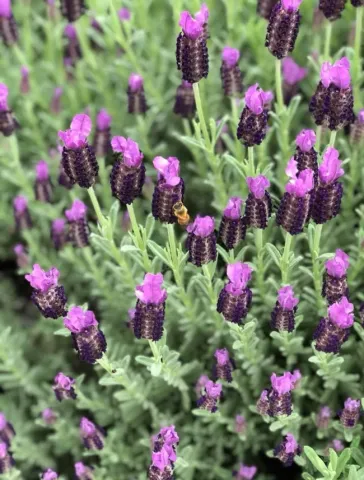
How to plant for pollinators?
- Cultivate native plans, especially those that provide nectar and larval food for pollinators. For FREE Ecoregional Pollinator Planting Guides, CLICK HERE.
- Install houses for bats and native bees
- Supply salt or mineral licks for butterflies and water for all wildlife
- Reduce pesticide use
- Substitute flower beds for lawns
- Plant lantana - This hardworking plant with colorful flowers thrives with little moisture in full, unyielding sun. It's also easy to grow and pollinator-friendly!
Lantana
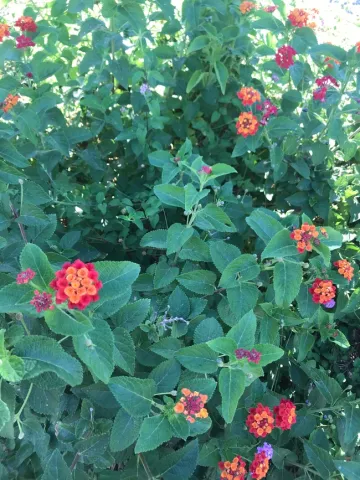
Marigolds
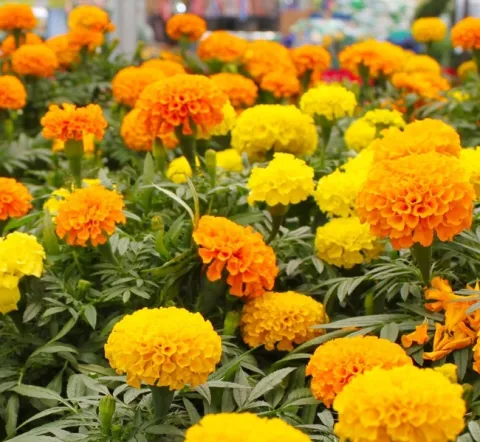
At Barry Elementary School in Yuba City, California, marigolds were planted in the vegetable garden boxes to help attract pollinators. Another great benefit of planting marigolds near your vegetable garden is that they help keep aphids away. Marigolds have multiple benefits, they are pretty, easy to grow, and they deter pests!
